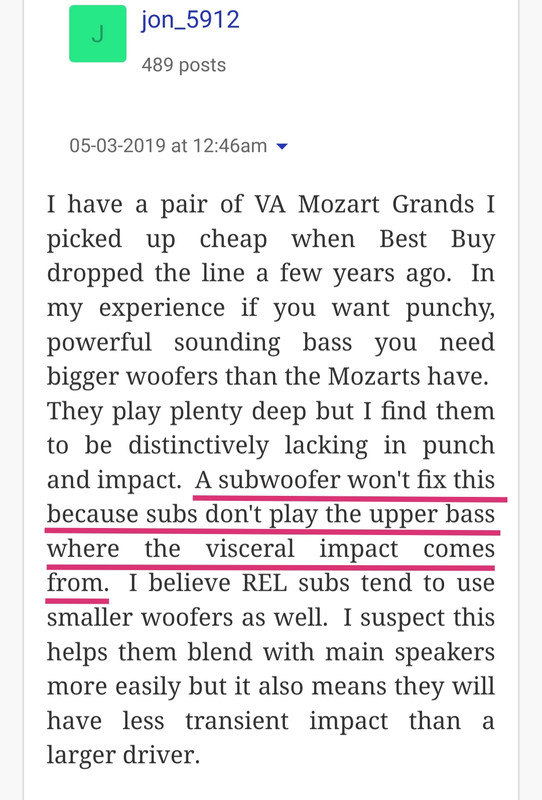I admit I did not read everyone else's answer, so apologize if I am repeating something.
First, what are your main speakers? Some main speakers need a sub more than others.
A really good sub will be better at the lowest octave than pretty much any speaker. This is not subtle, it is very, very obvious.
It's a matter of personal taste whether the sub is integrated well enough with your other speakers for your liking.
Benefits to the midbass are real IF main speakers are being CROSSED OVER at a higher frequency, that is to say if BASS frequencies are being diverted from the main speakers - they will be moving with smaller excursion so that should give a cleaner midrange, greater power handling.
If main speakers are still playing the whole range then benefits to mids would not be as obvious. Maybe could still occur somewhat if your need to turn the volume knob up changes with the introduction of a Sub.
"There is no replacement for displacement" (zero fidelity?) If you need loud music in a large room, played with authority and accuracy, you need large woofers. A more modern possibilty would be the use of small woofers combined with a ton of power and digital processing as some of the modern subwoofers just coming out recently.
There is a YouTube channel called Nemo Propaganda Reviews. This dude knows more about subwoofers than anyone on earth!


